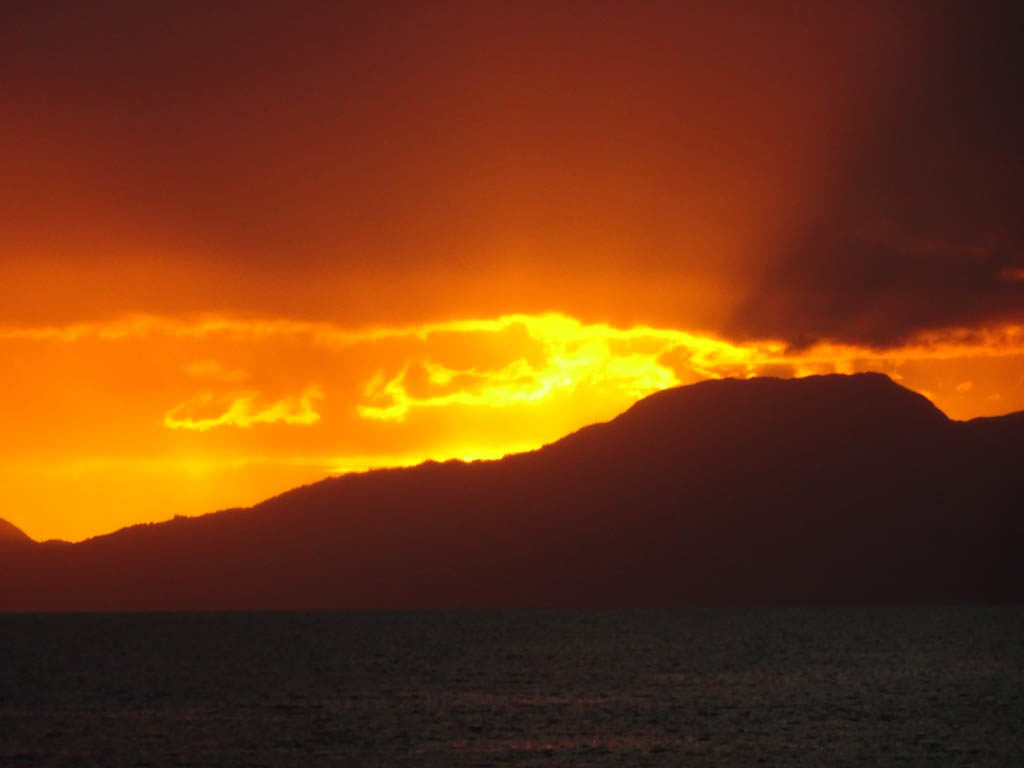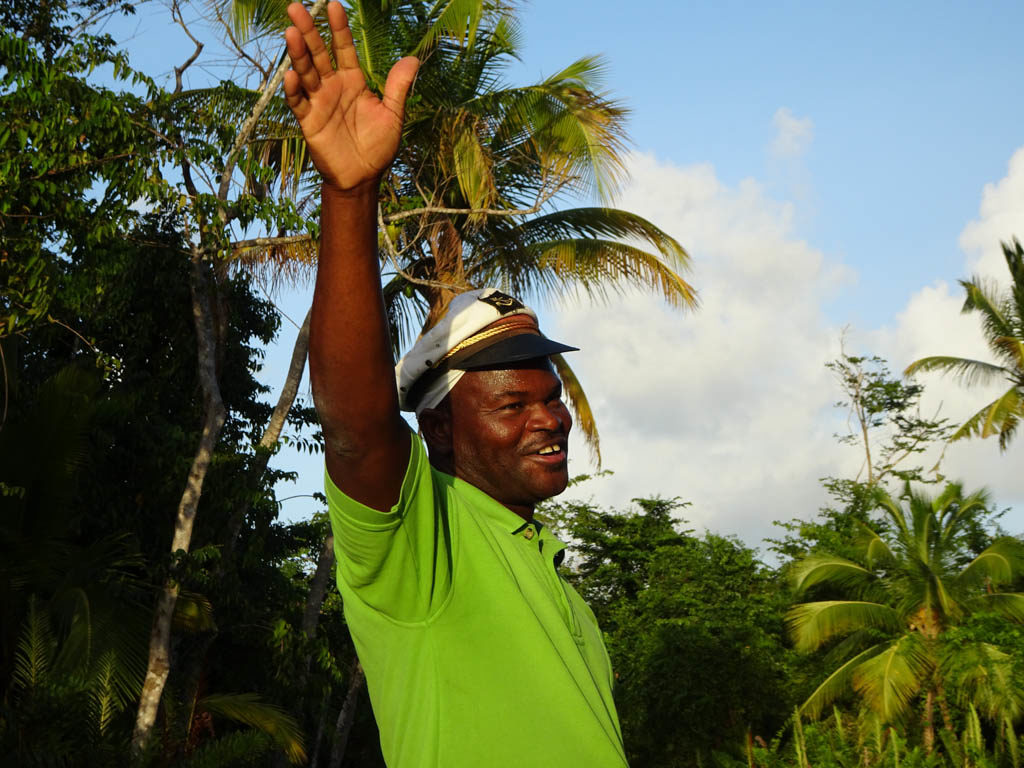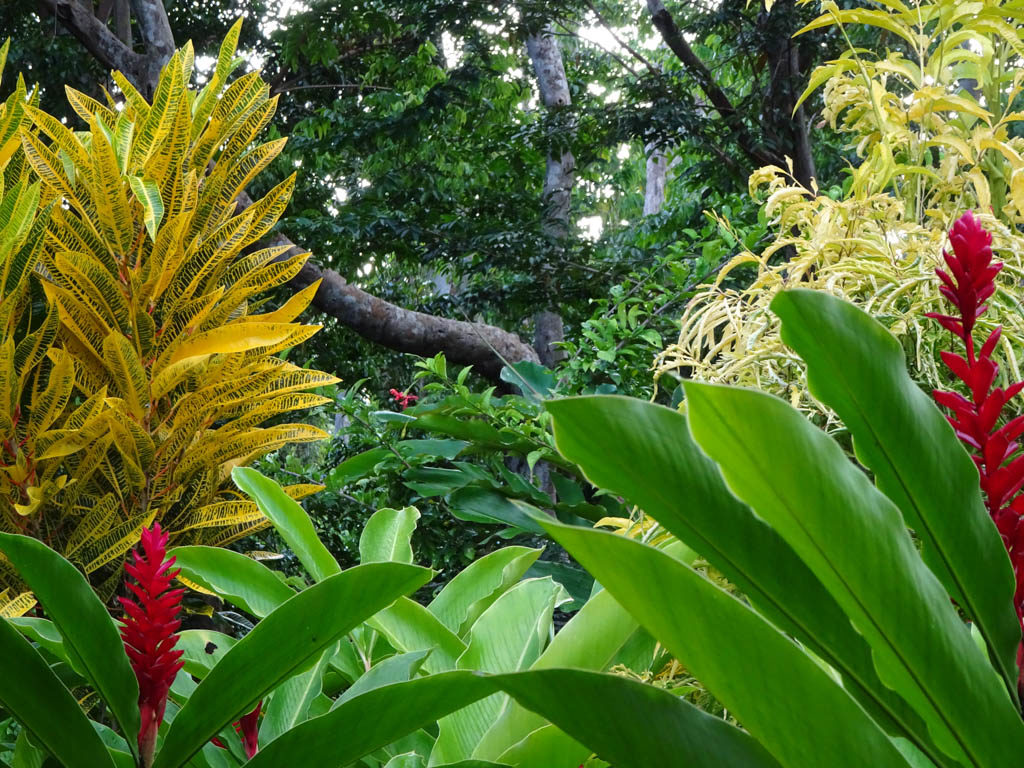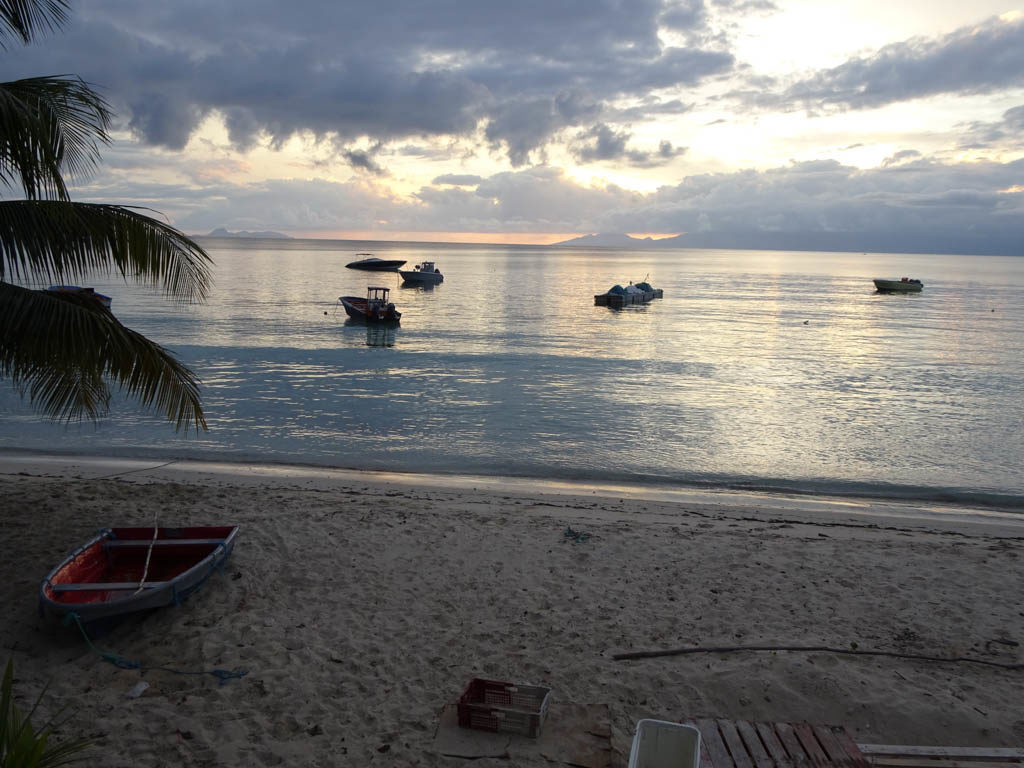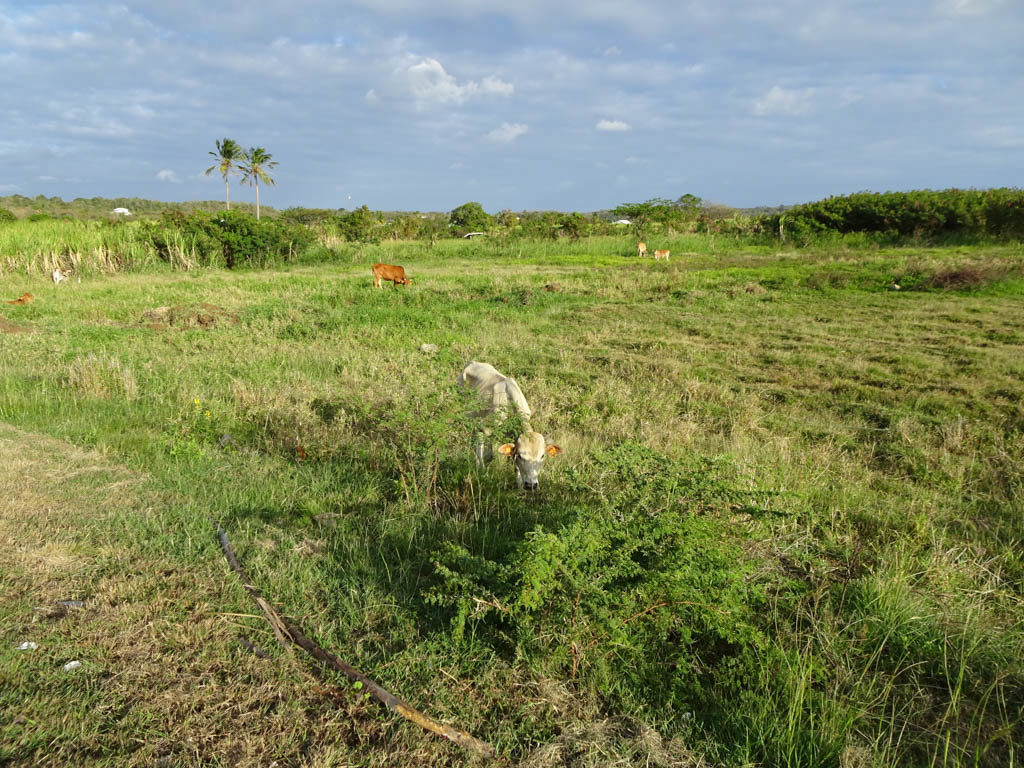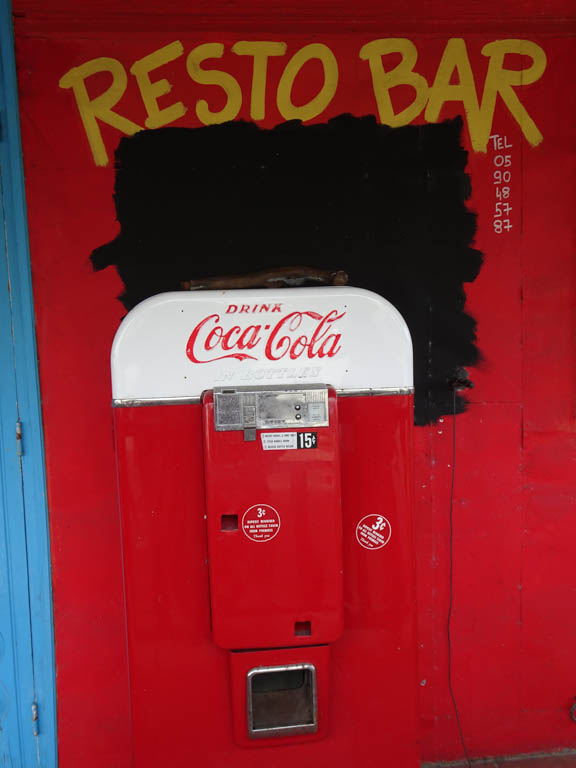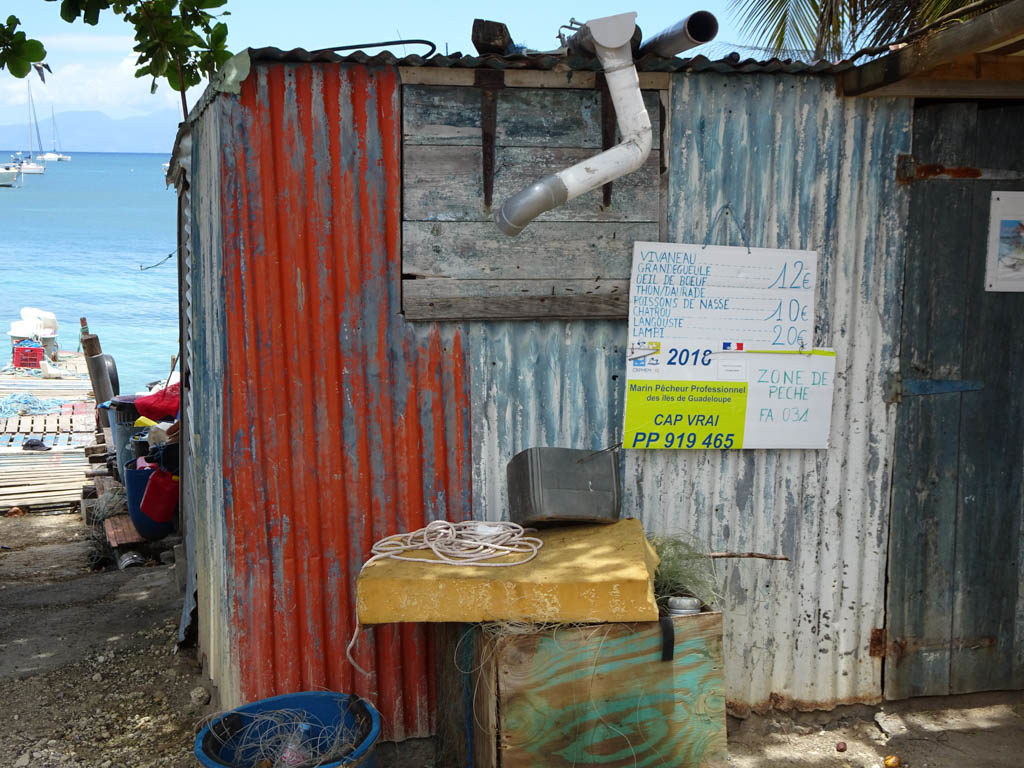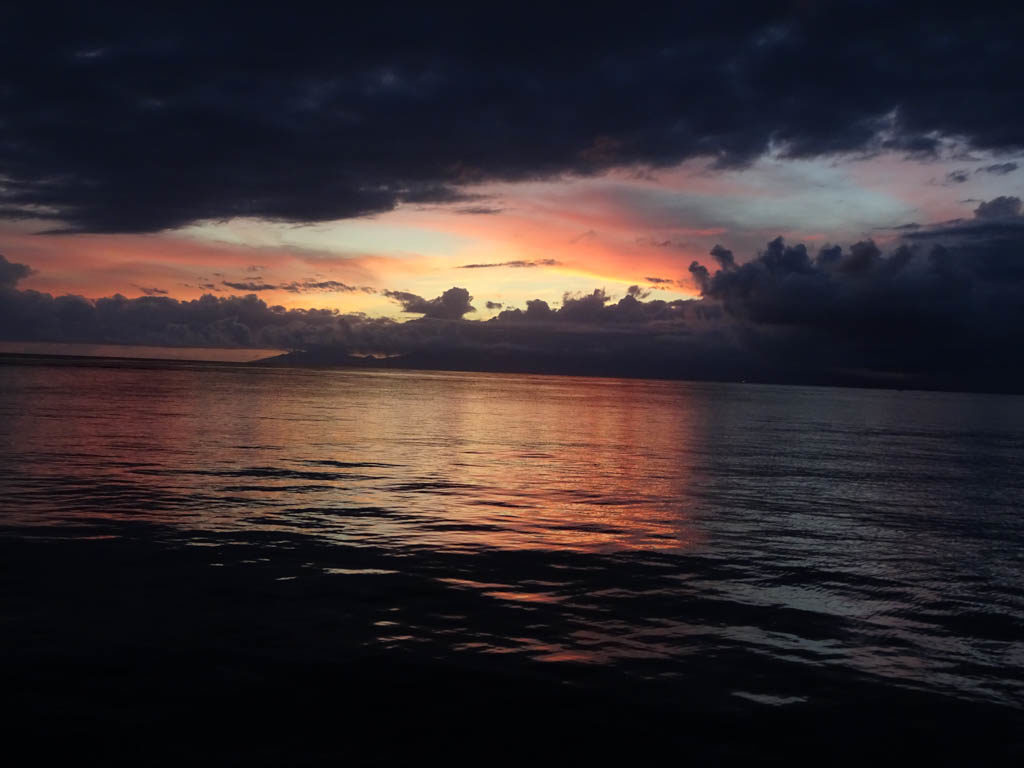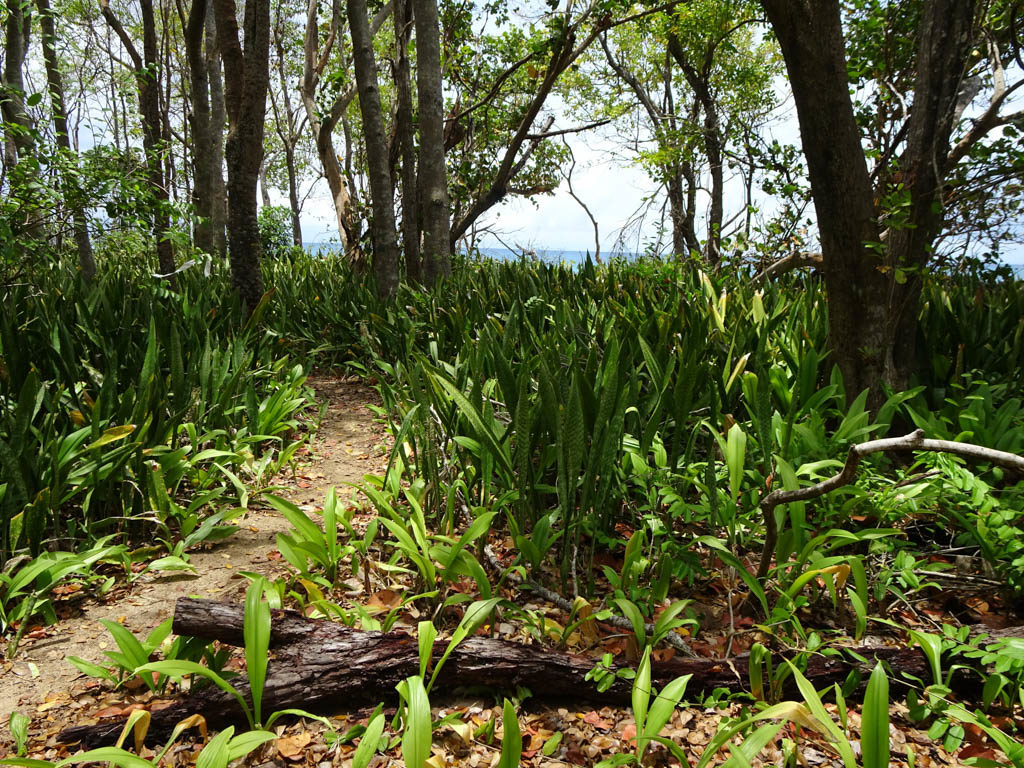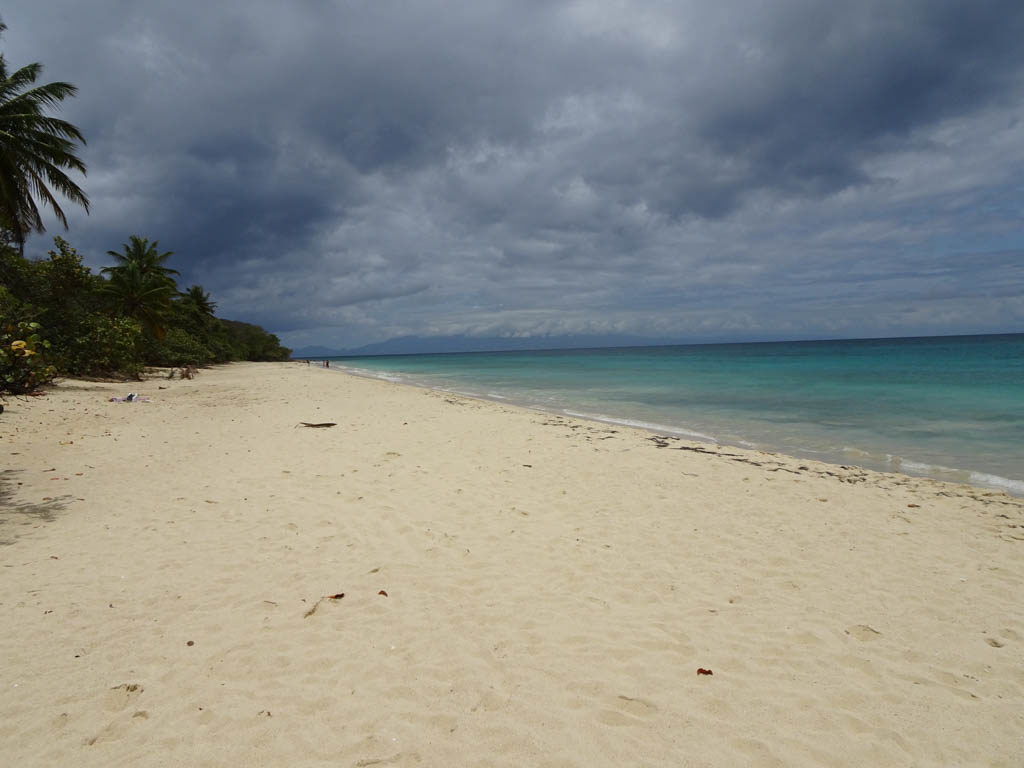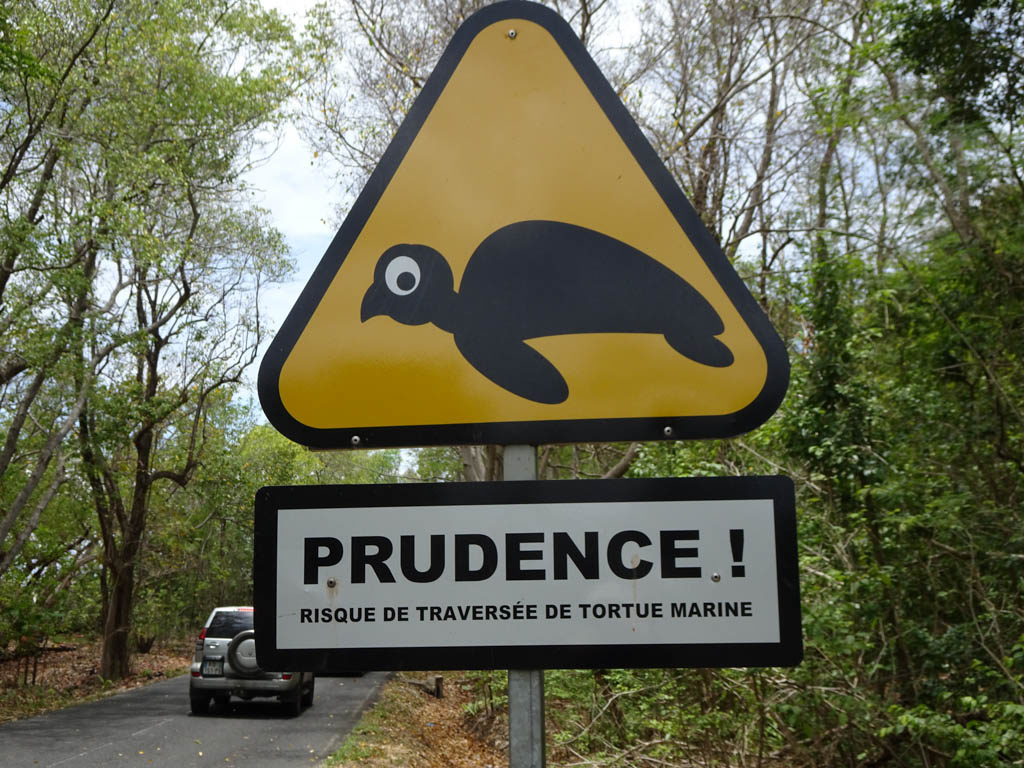
We are happily berthed at the Yacht Club Port de Plaisance on Cole Bay, Sint Maarten, the Dutch side of the island of Saint Martin. When we first arrived from Guadeloupe, we spent a week anchored in Marigot Bay on the French side of the island. It blew hard for the whole week. So hard that we did not want to swim even though the water was a beautiful turquoise. But we did take the dinghy ashore to shop and dine in the town of Marigot nearly every day.
It was clear that the town has a long way to go in it’s recovery from Hurricane Irma. Irma was the first Category 5 hurricane on record to strike the Leeward Islands, followed by Maria two weeks later, and the strongest storm on record to exist in the open Atlantic region. On the morning of September 6, 2017, Irma’s center crossed the island while the storm was at peak intensity and the extreme winds ripped trees out of the ground and scattered vehicles and debris across the island. On the French side of Saint Martin, entire marinas around Marigot were left in ruins, littered with the stranded remnants of boats that had smashed into each other. Almost every boat in our current marina was destroyed.

A month prior to our arrival in Saint Martin, I had made a reservation at “The Simpson’s Bay Marina” in the Simpson’s Bay Lagoon, one of the largest inland lagoons in the Caribbean. The border between the French and Dutch halves of the island runs across the center of the lagoon. We stayed in the Simpson’s Bay Marina in 2004 and 2006 and had fond memories of our time there. It was jammed with cruising boats on both occasions. We decided we should see how the marina looked post-hurricane before we brought Sabbatical III in. So we took our dinghy through the pass on the French side and dinghied the 1.5 nautical miles to the marina. We were shocked to see the remains of so many sunken sail boats and motor yachts littering the lagoon almost two years after Irma. The Simpson’s Bay Marina was not recognizable. One of the concrete docks had sheared off and the rubble still lay in the water. The marina office was gone, as were the dinghy docks and many other facilities. The marina was mostly empty and nearly half the boats at berths were damaged and probably immobile. We decided that this was not the place for us.

On the way back to Marigot, I saw the docks of another marina that I did not know just across the bay from the Simpson’s Bay Marina. On checking my charts, I discovered it is Yacht Club Port de Plaisance. The next day we checked it out and a day later we brought Sabbatical III around to Simpson’s Bay, entered the lagoon when the swing bridge opened, and Med moored at the (also mostly empty) Port de Plaisance.
The Port de Plaisance has some attributes that we value. It is very quiet and is far from road and commercial traffic, except for one weekend night a week when someone rents a big tent in front of the hotel for a party or revival meeting. It also has a very nice gym and pool that were meant for guests of the hotel resort and casino on the property, as well as locals. Damaged by Irma, the hotel is only partially open. Staying in the marina gives us free access to all of the facilities. When Laura does her laps, she is typically the only one in the pool.
We have spent a lot of time getting Sabbatical III ready for her final long ocean passage — to Rhode Island. Aside from a salt water leak in the engine room, she was actually in very good shape when we arrived. But there is always things that need attention. We spent a lot of time and money at the Island Water World chandlery. Laura got a new offshore sailing jacket for Mother’s Day. The trusty hard-bottomed dinghy that we purchased in Saint Martin in 2006 was looking a bit frayed after all that sun and use so we decided to buy a new one. While waiting for the Island Water World staff to setup our new dinghy, we sold our old one to Victor, a young French guy with big sailing dreams. Victor was in the store when Laura put up an ad on the bulletin board and the deal was done right there.


We have two volunteer crew flying in from the US on June 2 and we plan to leave Saint Martin for the Wickford Cove Marina in the village of Wickford the next day, weather permitting. We may stop in St. Georges, Bermuda if the weather becomes unfavorable. Bermuda is a 6 day sail away. Rhode Island is 4 1/2 days sailing from Bermuda. Although too much wind has been the constant characteristic of our time in the Caribbean this season, there now seems to be a decided lack of wind to our north. Fifty or 100 miles north of Saint Martin the wind seem to be gone. So we have purchased some extra jerry cans to hold diesel just in case, but we will not leave here unless there is wind to sail most of the way. The forecast for the week starting June 3 looks pretty good but it is still early. We will update the blog concerning our departure plans once we know.
M.


